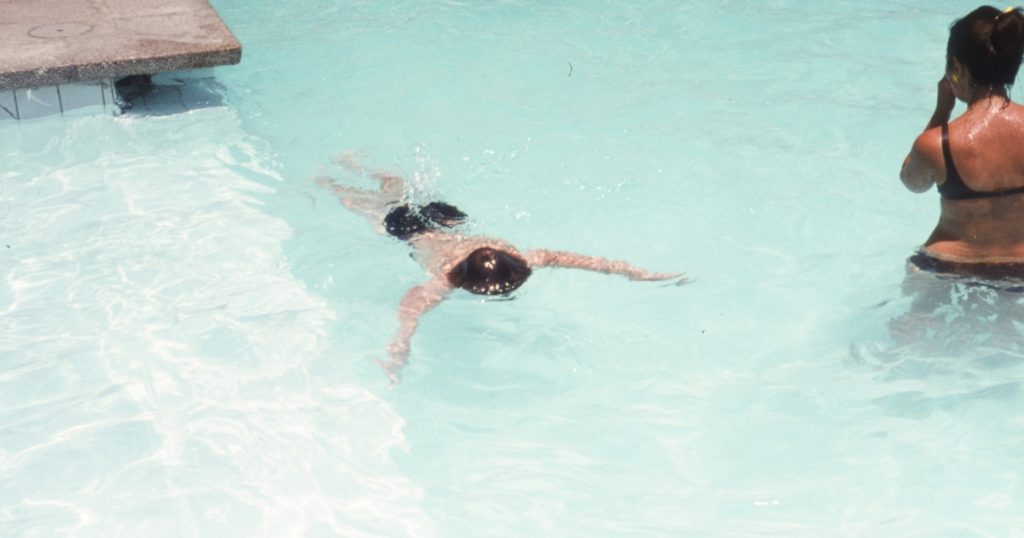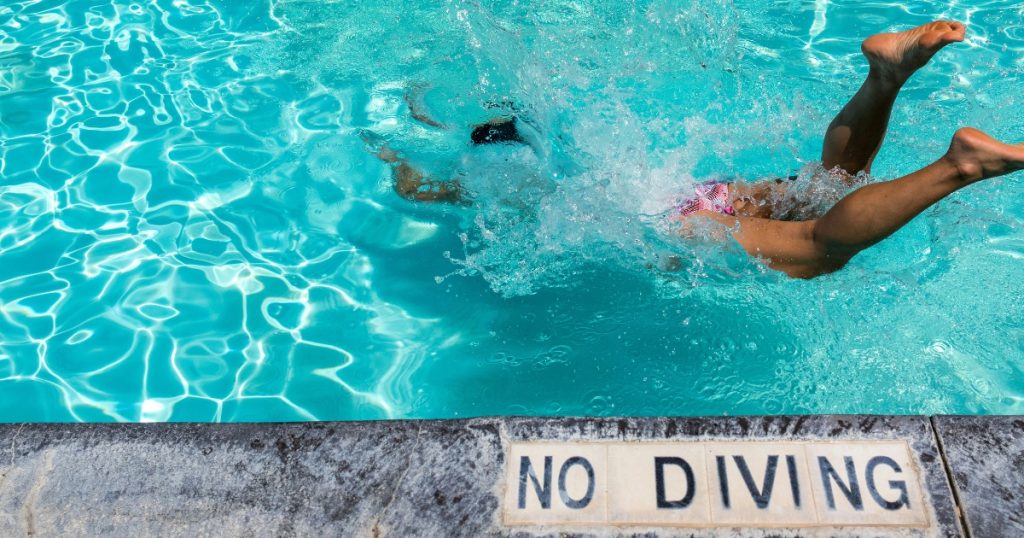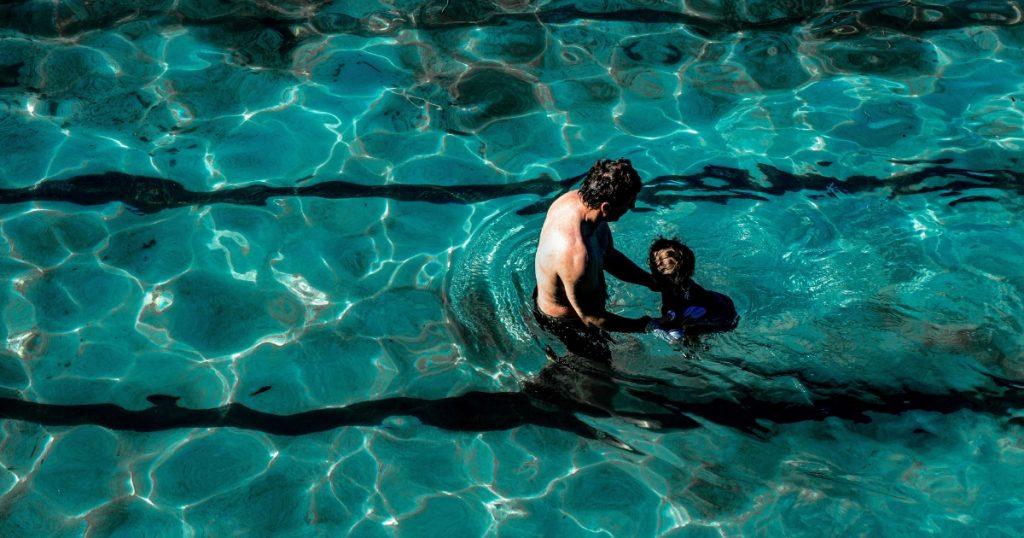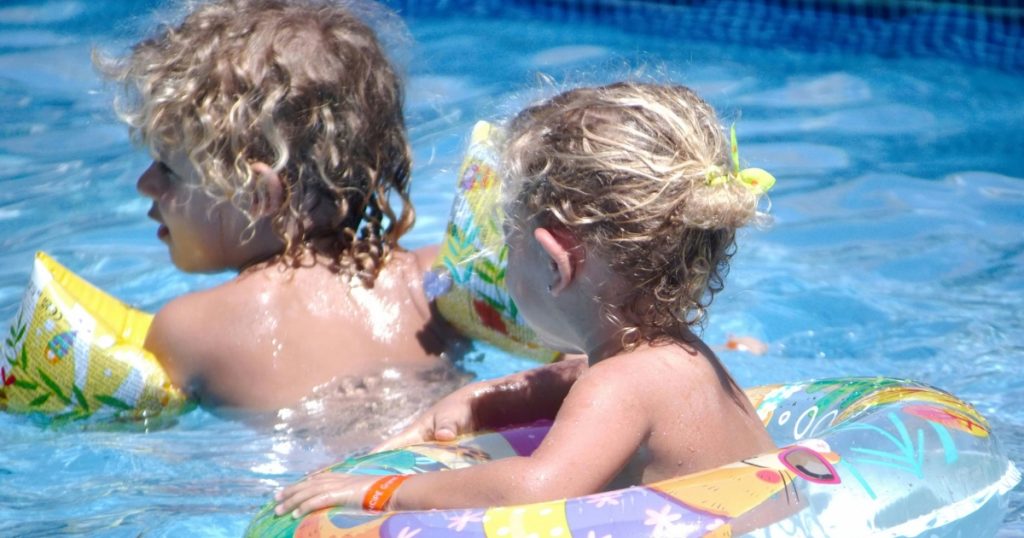How to Prepare Kids for Swimming Lessons: A Parent’s Guide to Water Safety
Water safety is an essential skill for every family, especially in areas like Scarborough, Markham, Toronto, and Vaughan where pools, lakes, and waterparks are part of everyday life. For parents asking, how can I keep my kids safe around water?—the answer begins well before formal swim lessons begin.
Helping children feel confident and secure around water can reduce anxiety and lay the foundation for successful swimming lessons. From understanding pool safety rules to getting comfortable with water at home, early preparation supports both learning and safety.
At Alex’s Swim School, we often hear from parents wondering how to prepare kids for swimming lessons. That’s why we encourage a proactive approach—starting with simple water safety tips, positive routines, and familiarization activities before their first class.
In this blog, we’ll walk through practical and emotionally supportive water safety tips for families in the GTA, with a focus on helping your child feel ready and excited to begin their swimming journey.
Building the Foundation for Swimming Safety

Why Start Before Lessons Begin?
With easy access to backyard pools and public aquatic spaces, water safety for families in the GTA starts at home. While swimming lessons for children in Toronto or kids’ swimming programs in Markham teach technique and skills, many parents overlook the role of early comfort and understanding.
The goal isn’t just to learn to float or swim a length—it’s about developing awareness and safe habits around water. Parents often ask, how do I get my child ready for swimming lessons? or what should parents know before swimming lessons? The answer is preparation, both mental and physical.
Whether your child is signed up for beginner swim lessons at Alex’s Swim School or just starting to explore the water, it helps to build routines and talk through what to expect. Little things—like knowing where the pool change room is, or who their instructor might be—can make a big difference.
By introducing safety concepts early, encouraging gradual exposure, and focusing on positive associations, families can ensure their child’s first experience with swim instruction is both safe and confidence-building.
Active Supervision is Non-Negotiable

Always Stay Within Reach
One of the most important water safety tips for parents with young children is simple: never take your eyes off them near water. Whether you’re at a lake, in the backyard, or even at the bathtub, close and constant supervision is essential. For younger children, that means staying within arm’s reach at all times.
Distractions, even brief ones, can be dangerous. It’s helpful to assign a dedicated “water watcher” during gatherings—someone whose only job is to watch the kids in the water. Taking turns in this role can prevent lapses in attention and keep everyone safer.
Families preparing for swimming lessons for children in Toronto or other parts of the GTA should start by reinforcing the idea that adults are always nearby when water is involved. This builds trust and establishes early boundaries around water use.
Introduce Water Through Positive Early Exposure
Make Water a Familiar Friend
Before starting formal lessons, it’s important for kids to feel comfortable in water. This doesn’t require a pool—supervised bathtub play, water toys, and gentle face rinsing can go a long way in building water confidence.
Let your child pour water over their hands and face, splash with toys, or even pretend to swim while lying on their stomach. These simple activities help normalize the feel of water and reduce the fear some children feel during their first class.
If you’re wondering how to help my child overcome fear of water, these low-pressure moments are a great place to start. At Alex’s Swim School, we often hear from parents who say their child’s comfort grew significantly once water became part of daily play at home.
Keep It Fun and Encouraging
Talk positively about swimming. Describe it as a fun way to play, learn, and grow strong. Avoid pressure or forcing them to participate before they’re ready. Many children benefit from gradual, repeated exposure that makes water feel safe rather than intimidating.
When combined with consistent routines and positive reinforcement, this kind of gentle preparation helps kids feel more confident when they finally step into a swim class—whether it’s a small group lesson or a one-on-one session.
Ready for the next two sections? We’ll dive into Setting Water Rules and What to Bring to Your First Lesson.
Teach Simple Water Safety Rules Early

Set Clear Expectations
Before your child ever steps into a swim class, take time to talk about basic pool rules. These might include walking, not running near water, waiting for an adult’s permission before entering, and always listening to their instructor.
You don’t need to make it formal. A casual conversation in the car or at the dinner table works well. Use calm, reassuring language to explain why the rules matter. Children are more likely to remember and follow them if they understand the reason behind them.
This kind of early education supports what they’ll hear later from certified instructors. Whether your child is enrolled in swimming safety classes for kids in Toronto or attending beginner swim lessons in Scarborough, consistent messaging helps build lasting habits.
What to Bring and Expect on the First Day
Keep It Simple and Familiar
Parents often wonder what to bring to a child’s swim class. A well-packed swim bag makes the first lesson less stressful. Include a comfortable swimsuit, a towel, goggles, and a change of clothes. Depending on the pool, swim caps or flip-flops may also be helpful.
Arrive a little early so your child has time to get used to the environment. Let them meet the instructor, watch another class if possible, and ask questions. These small steps make the experience feel familiar and less overwhelming.
At Alex’s Swim School, many parents find that early arrival helps their child ease into the routine and feel more in control of their experience.
Choose Proper Safety Gear, Not Toys
Use Certified Equipment
For children who are still learning to swim, properly fitted life jackets or personal flotation devices are essential. Avoid inflatable toys or floaties that may give a false sense of security.
If you’re spending time near water before formal lessons begin, make sure your child wears approved gear, especially if you’re at a cottage or public beach. This simple step adds an extra layer of safety while you focus on building their confidence and awareness.
Make Swimming Part of a Routine
Consistency Builds Comfort
Children thrive on routine, especially when trying something new. Let your child help pack their swim bag or pick their swimsuit. These small moments give them a sense of ownership and make lessons feel like a familiar part of the week.
After each lesson, celebrate their effort. A high five, a warm towel, or a simple “I’m proud of you” goes a long way. These rituals help kids associate swimming with support and encouragement, not pressure.
Families who are introducing swimming for the first time often ask how to prepare kids for swimming lessons in Markham or how to make lessons less scary. Routine is one of the best answers.
Let Progress Happen Naturally
Every Child Moves at Their Own Pace
Not every child will be ready to float, kick, or put their face in the water right away. And that’s okay. The goal is steady progress, not perfection.
Some children move quickly through early skills. Others need more time. Celebrate every small win. Whether it’s blowing bubbles or standing on the pool step without holding your hand, each milestone matters.
At Alex’s Swim School, we remind families that emotional support is just as important as technical instruction. Confidence grows with consistency, patience, and encouragement.
Always Be Prepared for the Unexpected
Know What to Watch For
Even with the best preparation, emergencies can happen. Keep a phone nearby during any water activity, and learn the basics of how to respond if something doesn’t feel right. This includes recognizing when your child is too cold, too tired, or simply not acting like themselves.
Parents who are confident and prepared help children feel safer too. If you’re unsure about emergency procedures, there are many community courses and resources available to support you.
A Confident Start Creates Lifelong Water Safety

Helping your child feel comfortable, prepared, and supported before their first swim lesson lays the groundwork for long-term confidence in the water. Whether you’re in Vaughan looking for family swimming safety tips or in Toronto researching swim school programs, preparation always pays off.
Start with conversations at home. Make water familiar. Build routine. Choose safety gear that works. And when you’re ready for formal instruction, your child will walk onto the pool deck with curiosity, not fear.
If you’re still deciding what kind of swim lessons are the best fit, check out our guide on Private vs Group Swimming Lessons: What’s Best for Your Family This Summer? It can help you choose the right learning environment based on your family’s goals, schedule, and comfort level.
A safe and confident swimmer starts with small steps and the most important ones begin at home.
Frequently Asked Questions
What are the best water safety tips for families before swim lessons?
Focus on active supervision, early water exposure at home, clear rule-setting, using certified safety gear, and creating a consistent routine around swim time. These tips help children feel more secure before starting formal lessons.
How do I talk to my child about pool safety rules?
Keep it simple and age-appropriate. Explain rules like walking near the pool, waiting for an adult, and listening to their instructor. Repeating the “why” behind each rule helps kids remember and follow them.
What should I bring to my child’s first swim lesson?
A swimsuit, towel, goggles, and change of clothes are must-haves. You may also want to pack a snack for after the lesson and anything that helps your child feel comfortable, like their favorite swim cap or flip-flops.
How do I help my child feel less nervous about swim lessons?
Start with playful water activities at home like bathtub games or face rinsing. Talk positively about swimming and celebrate effort over performance. Let them take small steps at their own pace.
When should my child start swimming lessons?
Many programs accept children as young as six months for water orientation. If your child is ready for more structured instruction, look for beginner swim lessons for kids in the GTA that match their age and comfort level.
Join Alex’s Swim School Today!
Whether you’re preparing for your child’s first swim lesson or looking to reinforce water safety at home, Alex’s Swim School is here to support your family every step of the way. We offer certified, friendly instruction for all ages across Scarborough, Markham, Toronto, and Vaughan.
Ready to get started? Enroll today or contact us, or give us a call at 647-458-0481. Let’s build water confidence together, one safe swimmer at a time.

